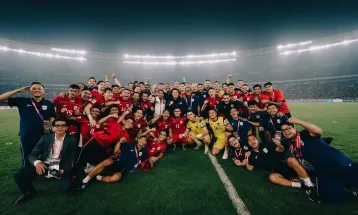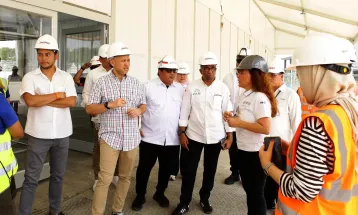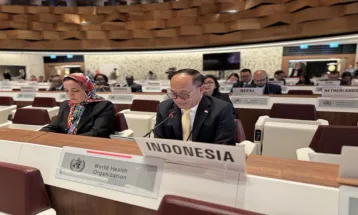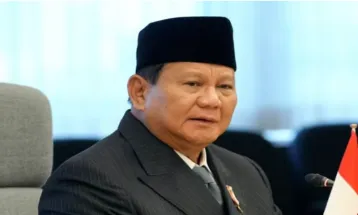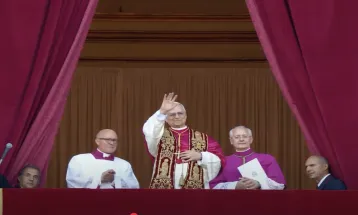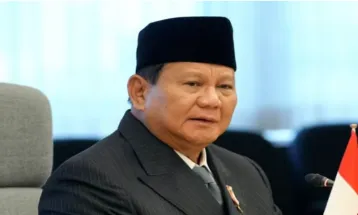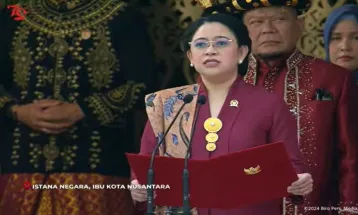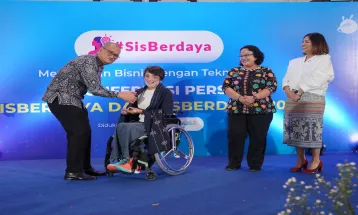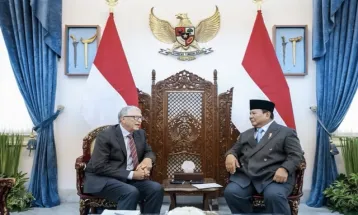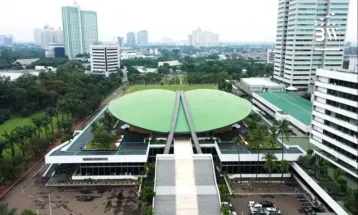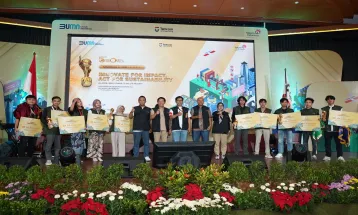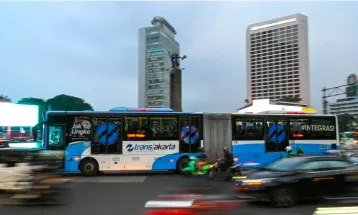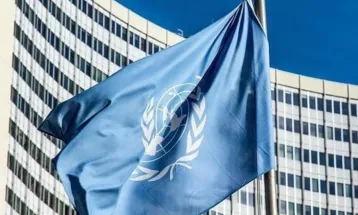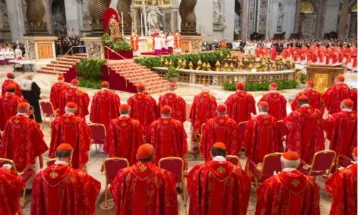NEWS
The Tale of Sejong City: Korean Experience of Capital Shifting

SEAToday.com, Jakarta - Shifting capitals is not an unfamiliar phenomenon in Asia, and Indonesia’s recent move from Jakarta to Nusantara is just the latest chapter.
Countries like Myanmar, Malaysia, Pakistan, and Kazakhstan have already made bold moves, establishing new capitals like Naypyidaw, Putrajaya, Islamabad, and Almaty—each built with a master plan to reflect the future.
South Korea’s Sejong City is another milestone in capital relocation. Founded in 2007, Sejong was created to ease congestion in Seoul and promote growth in the central region. While many government ministries have relocated to Sejong since 2012, Seoul still holds key government bodies like the National Assembly.
Sejong, now South Korea’s de facto administrative capital, symbolizes strategic development and a vision for a more region-balanced nation.
Sejong City and Its History
Sejong City, named after King Sejong the Great—the creator of the Korean alphabet Hangul—was conceived as part of a bold vision by President Roh Moo-hyun in 2003. His goal? To shift South Korea’s capital away from the sprawling metropolis of Seoul and create a new administrative hub in the country’s centre. The idea was to ease Seoul's overwhelming influence on politics and economics while spurring growth in other regions.
Security concerns also played a key role, as Seoul sits just 30 kilometres from the Demilitarized Zone (DMZ) and within easy range of North Korean artillery. Relocating the capital would place it behind natural barriers like rivers and mountains, offering better protection in case of a sudden attack.



















